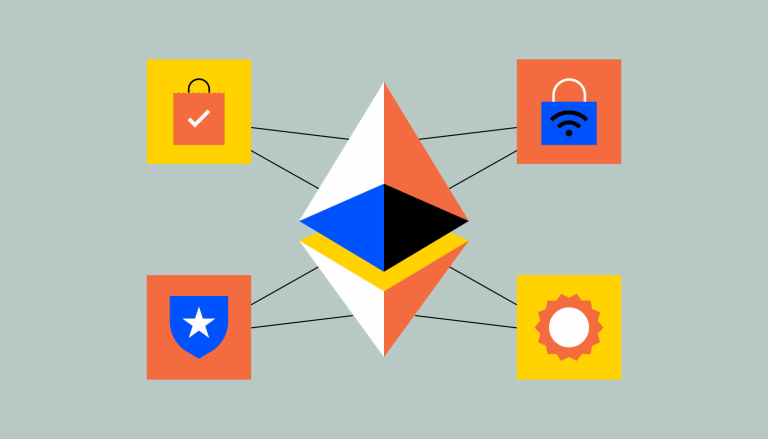What is a stablecoin?

Stablecoins are a type of cryptocurrency whose value is pegged to another asset, such as a fiat currency or gold, to maintain a stable price.
They strive to provide an alternative to the high volatility of popular cryptocurrencies, making them potentially more suitable for common transactions.
Stablecoins can be utilized in various blockchain-based financial services and can even be used to pay for goods and services.
How do Stablecoins Maintain Their Value?
Stablecoins are a type of cryptocurrency that seeks to maintain a stable value by pegging their market value to an external reference. This reference could be a fiat currency like the U.S. dollar, a commodity such as gold, or another financial instrument. The primary goal of stablecoins is to provide an alternative to the high volatility of popular cryptocurrencies like Bitcoin (BTC), which can make these digital assets less suitable for common transactions.
Why are Stablecoins Important?
Stablecoins play a crucial role in the cryptocurrency ecosystem due to their stability. Cryptocurrencies like Bitcoin and Ether offer numerous benefits, such as not requiring trust in an intermediary institution to send payments anywhere and to anyone. However, their prices are unpredictable and can fluctuate wildly, making them challenging for everyday use. Stablecoins aim to tackle these price fluctuations by tying the value of cryptocurrencies to more stable assets, usually fiat currencies. This stability aims to maintain their value over time and encourages their adoption in regular transactions.
Types of Stablecoins
There are primarily three types of stablecoins: fiat-collateralized, crypto-collateralized, and non-collateralized (algorithmic). Fiat-collateralized stablecoins are pegged to a specific asset, such as a fiat currency. The entity behind the stablecoin maintains a reserve of the asset or assets backing the stablecoin, supporting the value of the digital currency. On the other hand, non-collateralized (algorithmic) stablecoins use software algorithms to automatically adjust the supply of the stablecoin based on demand, aiming to maintain a stable price.
Stablecoin Regulation
Stablecoins continue to come under scrutiny by regulators due to their rapid growth and potential to affect the broader financial system. As the market for stablecoins expands, regulatory bodies worldwide are taking a closer look at these digital assets to ensure they comply with financial laws and regulations. This scrutiny aims to protect investors and maintain the stability of the financial system.
The Role of Stablecoins in the Cryptocurrency Ecosystem
Stablecoins play a vital role in the cryptocurrency ecosystem. They aim to provide the speed and security features of a blockchain while eliminating the volatility that most cryptocurrencies endure. Initially used primarily to buy cryptocurrencies on trading platforms that did not offer fiat currency trading pairs, stablecoins have seen their adoption grow. They are now used in several blockchain-based financial services, such as lending platforms, and can even be used to pay for goods and services.


